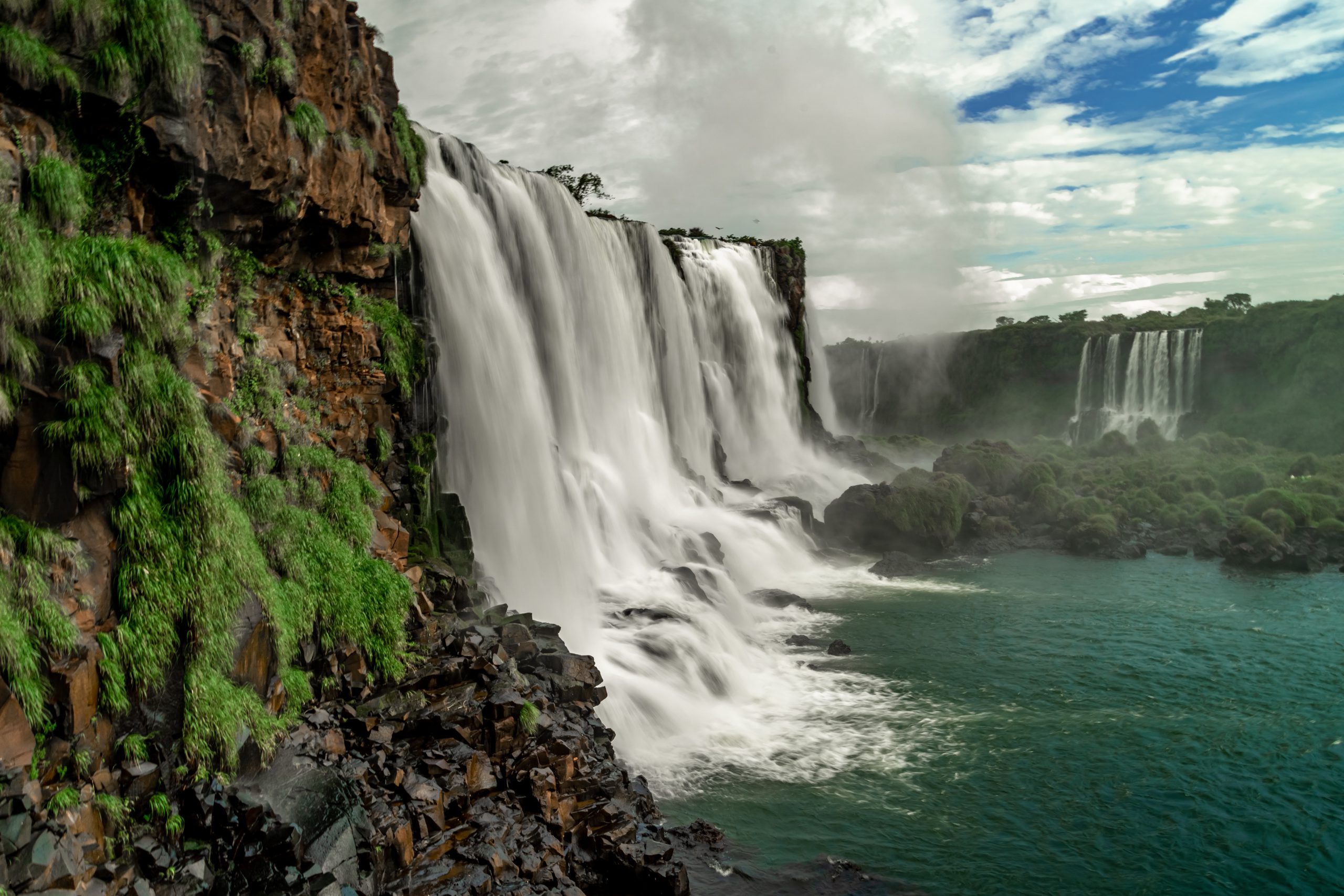When I was a child, my father took me to the local planetarium. I remember sitting back in those plush, reclining seats, eyes wide open as the dome above us transformed into a canvas of countless stars. That night, I learned that the universe is vast beyond comprehension, and it left me with a lingering sense of wonder that I’ve carried ever since. One aspect of this vastness that continues to fascinate me is the way galaxies—those enormous, swirling masses of stars, gas, and dust—interact and evolve over time.
Galaxies, as I later discovered, are not the static, isolated islands I first imagined. They are dynamic entities, constantly moving and sometimes colliding in a grand cosmic dance. Consider the Milky Way, our home galaxy. It’s on a collision course with the Andromeda Galaxy. But don’t pack your bags just yet; this galactic face-off won’t occur for another four billion years. When it does happen, though, it won’t be the violent crash you might expect. Rather, these galaxies will gracefully merge, their stars weaving together in a colossal, almost serene, interplay.
This cosmic choreography isn’t as rare as one might think. In fact, galaxy interactions are a fundamental part of their evolution. Our universe is full of such celestial encounters. Galaxies merge, collide, and cannibalize each other, leading to new formations and sometimes triggering starbursts, where new stars are born at an accelerated pace. It’s a process that can take millions, if not billions, of years—an almost unimaginable timescale.
Observing these interactions can tell us a lot about the universe’s history and future. Astronomers use powerful telescopes to capture images of galaxies at various stages of interaction. These snapshots, combined with computer simulations, help scientists piece together the lifecycle of galaxies. It’s like having a time-lapse video of the cosmos, revealing how galaxies grow, change, and sometimes even disappear over time.
One of the most intriguing aspects of galaxy interactions is how they challenge our understanding of dark matter. This mysterious substance, which makes up about 27% of the universe, doesn’t emit, absorb, or reflect light, making it invisible and detectable only through its gravitational effects. When galaxies collide, their visible matter behaves differently than their dark matter halos. By studying these interactions, scientists hope to unlock the secrets of dark matter and its role in the evolution of the cosmos.
Reflecting on the cosmic dance of galaxies, I’m reminded of the interconnectedness of everything in the universe. Just as galaxies are not isolated, neither are we. Our actions, much like those of galaxies, ripple outward, affecting others in ways we may not immediately see or understand. The universe is a tapestry of interactions, where each thread, each movement, contributes to the larger picture.
As I look up at the night sky, I find comfort in knowing that we’re all part of this grand cosmic ballet. It’s a reminder that while we may be small, our existence is entwined with the vastness of the universe. And that, in itself, is something quite extraordinary.




